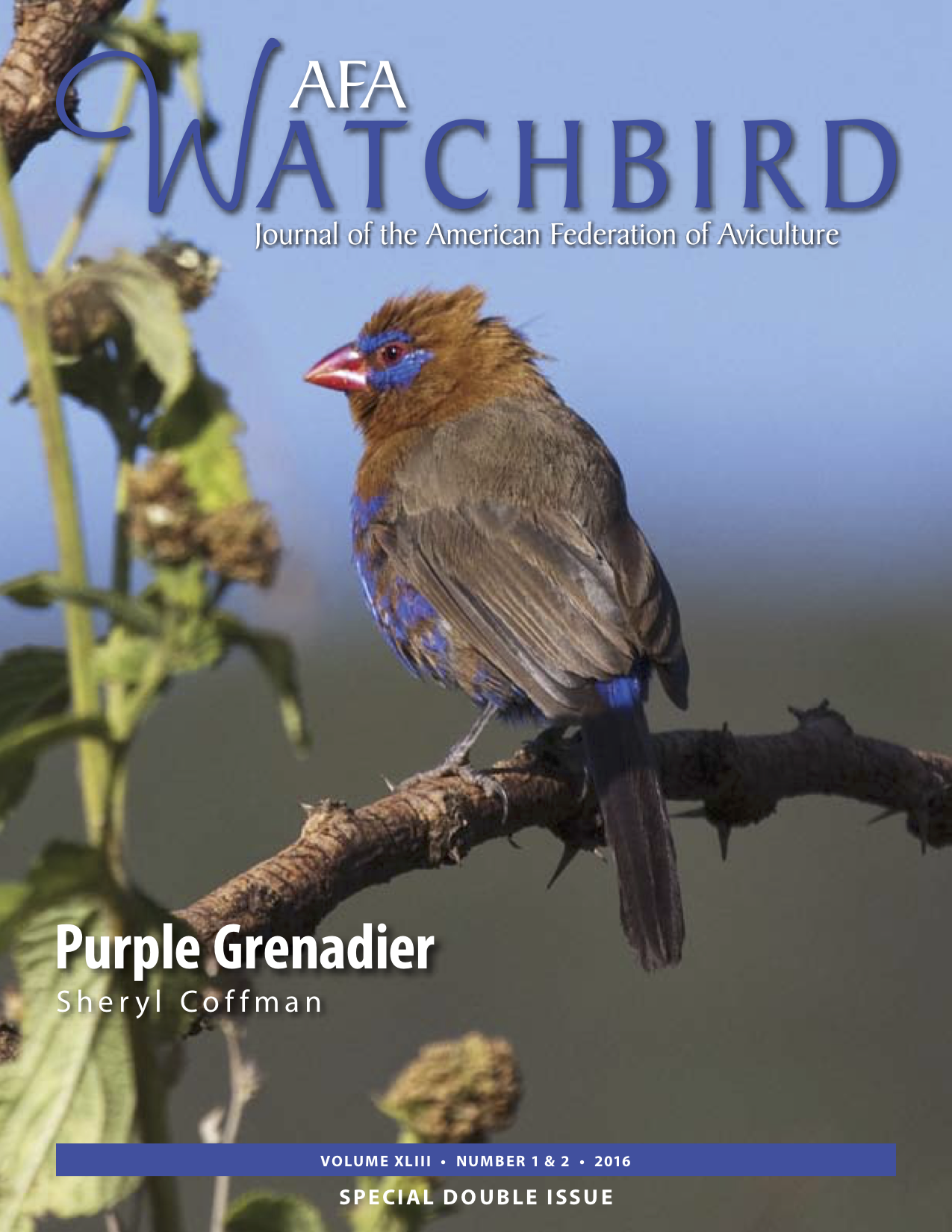Abstract
Everyone knows that the gravest threat to most wildlife is the relentless loss of habitat, and with respect to parrots, the added pressure of being subjected to poaching for the pet trade. The fragmentation or destruction of habitat and poaching occurrences are frequently invisible to the eye. When it does become apparent that an environment issue exists and action is required, it will most likely run afoul with certain life styles and economic justifications. Unfortunately, the crisis might often get brief attention but, whatever action will be too little and often too late. The United States and Mexico share an interest in the conservation of the Thick-billed parrot, the Green conure, and the Green-cheeked or Mexican Red-headed Amazon, the subjects of this article. That responsibility constitutes, and requires, levels of international cooperation, which history has shown to be rarely successful. However, there are noteworthy efforts being made in the case of these three North American parrots.
The Thick-billed parrot (Rhynchopsitta pachyrhyncha) should have dual citizenship as it inhabits high-elevation coniferous forests of northwestern Mexico and formerly occurred and possibly bred in the mountains of southern Arizona and southwest New Mexico border regions of the United States. Their current breeding range within the Sierra Madre Occidental (mountains) in Mexico extends from northwest Chihuahua and northeast Sonora, south to northwest Durango.
Flocks containing as many as 1500 individuals were sighted in the U.S. and the species was reliably reported from Arizona until at least 1938. A small flock was documented in the Animas Mountains in New Mexico in 1964. An ill-fated reintroduction program was started in Arizona with confiscated illegal birds, but failed due to avoidable problems in 1986 and ended in 1992. Some of the reintroduced U.S. Thick-bills did breed in the wild and were visible into the late 1990s. A single Thick-billed parrot was discovered at the southwestern ranch of Ted Turner in 2003, and there may be some adults or offspring out there yet.
The greatest current threats to the Thick-billed parrot are from continued logging of remaining mature and old growth pine-oak forest within the Sierra Madre Occidental and the vulnerability of young birds having to feed on their own in fragmented, scattered or unhealthy habitat with fewer and fewer mature pines as well as some residual poaching. Practically the entire habitat which constitutes the species’ breeding and wintering ranges is within communally owned land cooperatives (ejidos), which are heavily invested in the logging industry.
There have been a series of conservations actions taken, however, e.g. the establishment of a 15-year conservation easement, ending this year, on 6000 acres owned by a local ejido negotiated by several NGOs with a payment of $240,000. In addition in 2013, the U. S. Fish and Wildlife announced that the governments of the United States and Mexico have jointly produced the Thick-billed parrot Final Recovery Plan Addendum, which was collaboratively written by the Arizona Game and Fish Department and the Services; Tucson office with participants by experts in Mexico, This agreement, in essence, focuses on restoring populations and habitat in the parrots’ current range in Mexico and establishing criteria for measuring recovery progress.
Apparently, the species’ long-term prospects rely completely on ensuring a healthy population within the Mexican breeding range, where there is little protected habitat. Much of the remaining appropriate habitat within the U.S. is already within protected areas. Also, several U.S. zoos maintain captive flocks...
References
Low, Rosemary, Endangered Parrots, (revised) Blandford Books, 1994.
Marshall, Tom, “Stalking the Wild Amazon–In Person” Amazon Quarterly, vol. 19, pgs 23-24, 2003.
Wells, Jeffrey, “Birder’s Conservation Handbook: 100 North American Birds at Risk” Princeton University Press, 2007

